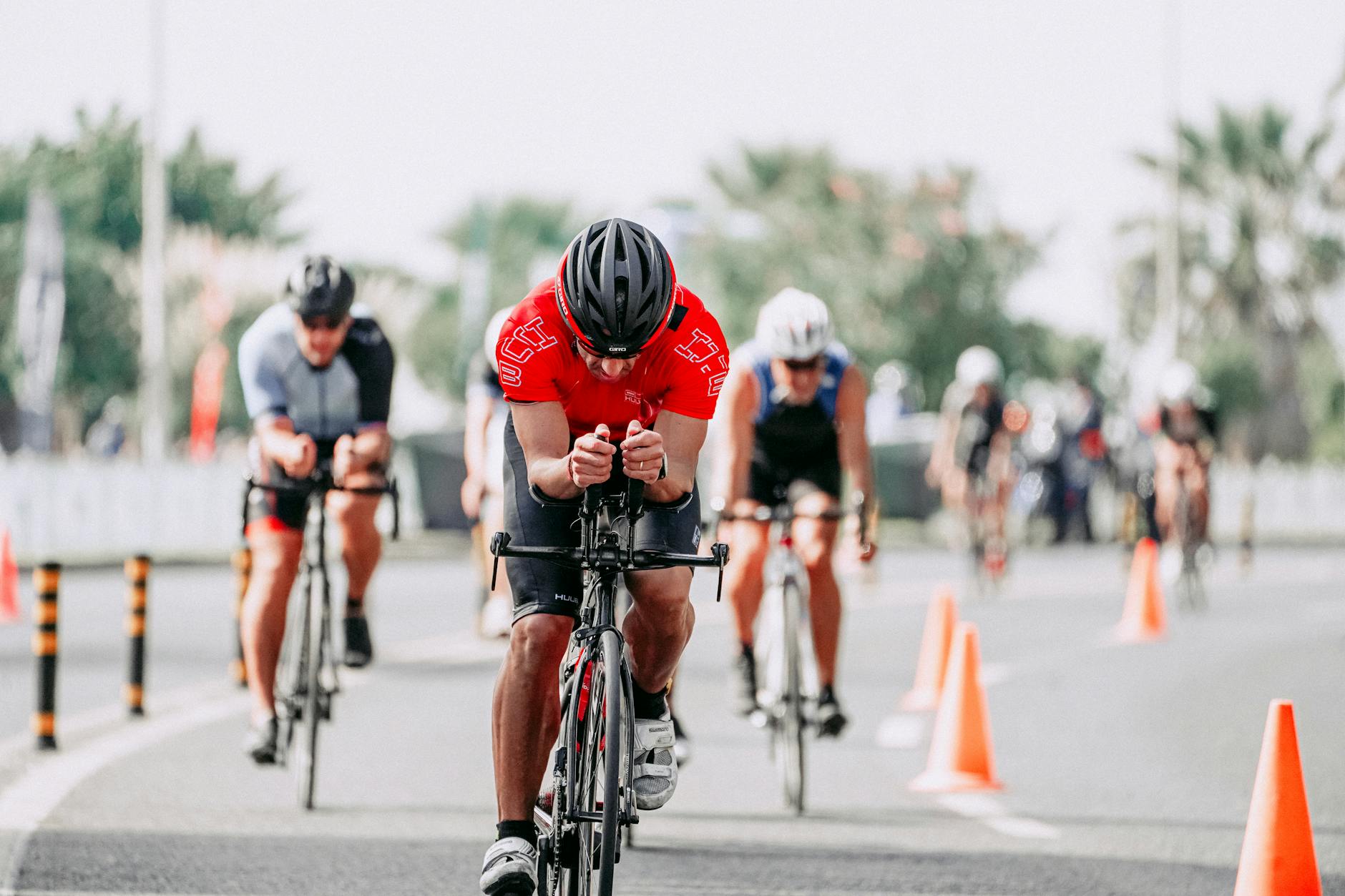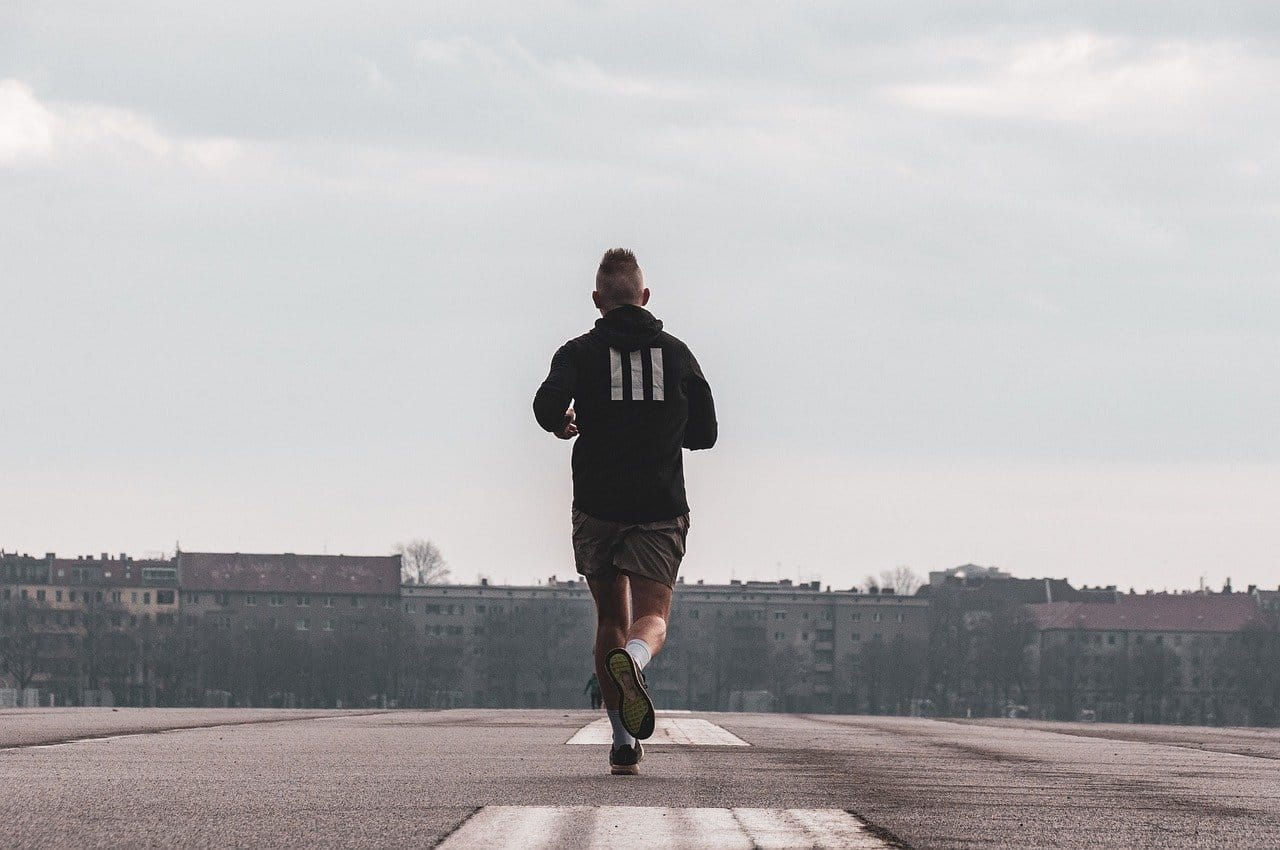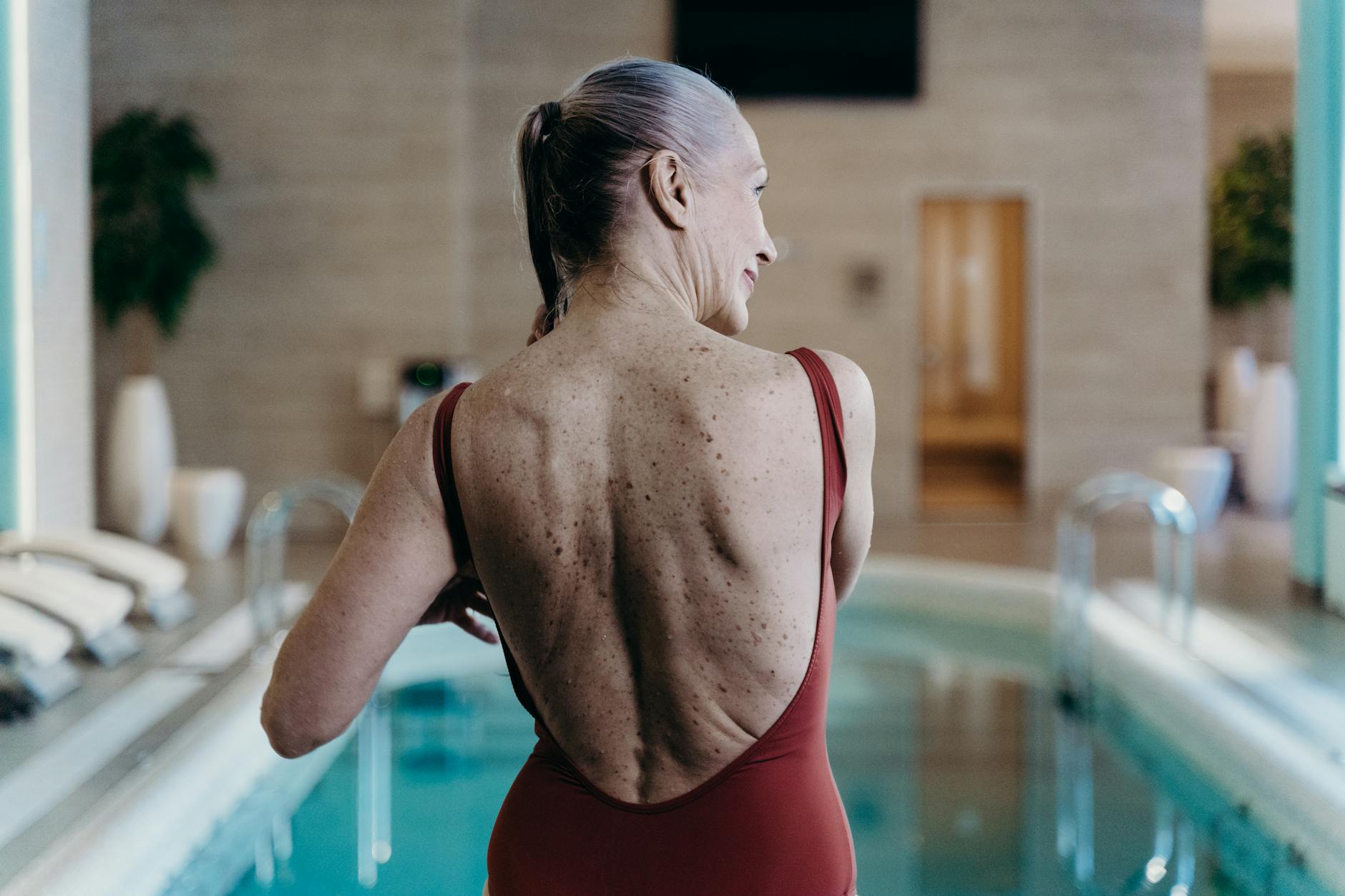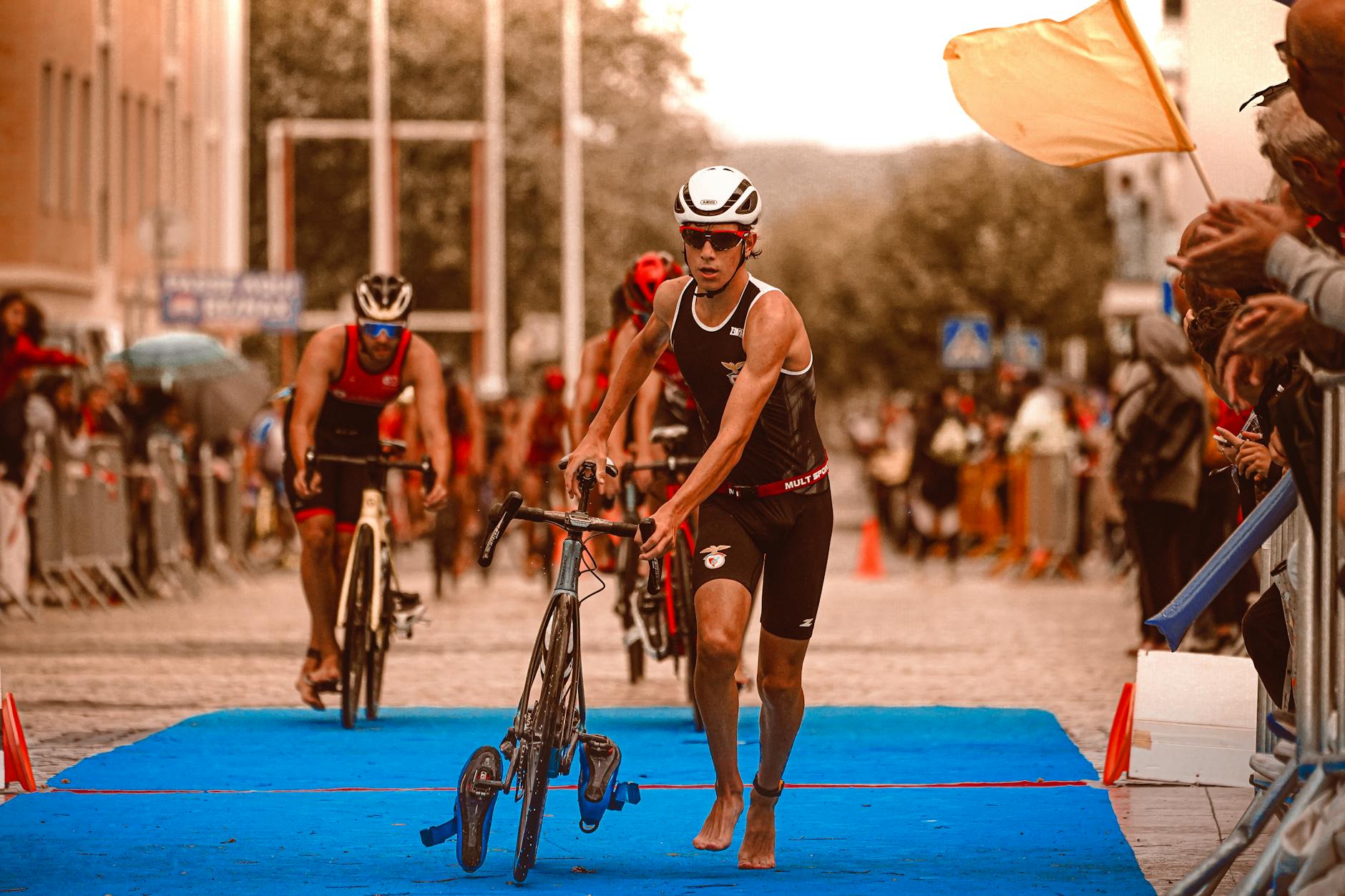
What should I do for my first triathlon?
I remember standing at the edge of the pool, heart racing with both excitement and terror. The idea of doing my first triathlon was both a dream and something that scared me to death. 🏊♂️🚴♀️ If you are swimming in the same river(for lack of better expression), you’re not alone. The idea of doing three sports at one event scares a lot of swim/bike runners new to triathlon, and with due cause.
triathlon can I do, I do a triathlon
The thing is, it doesn’t have to be that way — with a little preparation getting through your first triathlon can an awful lot of fun. Believe me, I have been through it all and I am here to help you. With everything I learned along the way: from beginner basics to race day strategy, you’ll hear all about it. Ready to dive in? Continuing our series, today we look at the key steps to take in advance of your first triathlon – everything from establishing a baseline fitness level and learning about each individual discipline all the way through to how you should eat. After reading to this post; you will know what and more importantly how, in order for that 1st tri of yours not stand a chance!

Understanding Triathlon Basics
As someone who’s completed multiple triathlons, I can tell you that understanding the basics is crucial for your first race. Let’s dive into the key components, standard distances, and essential equipment you’ll need.
A. Components of a triathlon
A triathlon consists of three disciplines:
- Swimming
- Cycling
- Running
These events are completed consecutively, with quick transitions between each discipline. The order is always the same, starting with swimming, followed by cycling, and finishing with running.
B. Standard distances for beginners
For your first triathlon, I recommend starting with a sprint distance. Here’s a comparison of common triathlon distances:
| Distance | Swim | Bike | Run |
|---|---|---|---|
| Sprint | 750m | 20km | 5km |
| Olympic | 1.5km | 40km | 10km |
| Half-Ironman | 1.9km | 90km | 21.1km |
C. Equipment essentials
As a beginner, you’ll need the following gear:
- Swimming: Swimsuit or tri-suit, goggles, swim cap
- Cycling: Bike, helmet, cycling shoes, water bottle
- Running: Running shoes, comfortable clothing
- Transition: Towel, race belt, sunglasses, sunscreen
Remember, you don’t need top-of-the-line equipment for your first race. Focus on comfort and functionality. With these basics covered, you’re ready to start your training journey. In the next section, we’ll explore how to build a solid fitness foundation for your triathlon success.

Building Your Fitness Foundation
When I started preparing for my first triathlon, I quickly realized that building a solid fitness foundation was crucial. Here’s how I approached it:
A. Assessing your current fitness level
First, I took an honest look at my fitness level. I evaluated my endurance, strength, and flexibility through various tests:
- 1-mile run time
- 400-meter swim time
- 10-mile bike ride time
- Number of push-ups and sit-ups in one minute
This assessment helped me understand my starting point and identify areas for improvement.
B. Setting realistic goals
With my baseline established, I set SMART goals:
| Goal Type | Example |
|---|---|
| Specific | Complete an Olympic distance triathlon |
| Measurable | Finish in under 3 hours |
| Achievable | Based on my current fitness level |
| Relevant | Aligned with my desire to improve overall fitness |
| Time-bound | Within 6 months |
C. Creating a balanced training schedule
I developed a training plan that incorporated all three disciplines:
- Swimming: 2-3 sessions per week
- Cycling: 2-3 rides per week
- Running: 2-3 runs per week
- Strength training: 1-2 sessions per week
I made sure to gradually increase intensity and duration to avoid burnout and injury.
D. Importance of rest and recovery
I learned that rest is as crucial as training. I incorporated:
- One full rest day per week
- Active recovery days with light exercise
- Proper sleep (7-8 hours nightly)
- Stretching and foam rolling sessions
Now that I’ve built a solid foundation, I’m ready to dive into mastering specific techniques for each discipline.

Mastering Swimming Techniques
As I prepare for my first triathlon, I’ve realized that mastering swimming techniques is crucial for a successful race. Let’s dive into the key aspects of improving my swim performance.
Improving stroke efficiency
To enhance my stroke efficiency, I’m focusing on these key elements:
- Body position: Maintaining a streamlined position in the water
- Arm movement: Perfecting the catch, pull, and recovery phases
- Breathing technique: Practicing bilateral breathing for better balance
- Kick strength: Developing a consistent and powerful leg kick
Here’s a breakdown of my training focus for each element:
| Element | Training Focus | Benefits |
|---|---|---|
| Body position | Core engagement exercises | Reduces drag, improves speed |
| Arm movement | Dryland drills, pull buoy workouts | Increases propulsion, saves energy |
| Breathing technique | Bilateral breathing drills | Improves balance, reduces fatigue |
| Kick strength | Kick board exercises, ankle flexibility work | Enhances overall speed, maintains body position |
Open water swimming skills
Now that I’ve improved my stroke efficiency, I’m tackling open water swimming skills. I’m practicing:
- Treading water efficiently
- Swimming in a straight line without lane markers
- Drafting behind other swimmers
- Adapting to varying water conditions (waves, currents)
Lastly, I’m honing my sighting and navigation skills. This involves:
- Lifting my head briefly to spot buoys or landmarks
- Maintaining stroke rhythm while sighting
- Adjusting my course mid-swim if needed
By focusing on these techniques, I’m building confidence for the swim leg of my first triathlon. Next, I’ll be working on enhancing my cycling performance to ensure a smooth transition from swim to bike.

Enhancing Cycling Performance
When it comes to improving my cycling performance for my first triathlon, I’ve found that focusing on a few key areas can make a significant difference. Let’s dive into the essential aspects of cycling that I’ve been working on.
A. Choosing the right bike
Selecting the perfect bike is crucial for my triathlon success. I’ve learned that there are several factors to consider:
- Frame material
- Bike type (road, triathlon, or time trial)
- Wheel size
- Gear system
Here’s a quick comparison of the most common bike types for triathlons:
| Bike Type | Pros | Cons |
|---|---|---|
| Road Bike | Versatile, comfortable | Less aerodynamic |
| Triathlon Bike | Aerodynamic, faster | Less comfortable, expensive |
| Time Trial Bike | Very aerodynamic | Limited use outside triathlons |
B. Proper bike fit and positioning
Once I’ve chosen my bike, getting the right fit is essential. A proper bike fit ensures:
- Optimal power transfer
- Reduced risk of injury
- Improved comfort during long rides
I’ve found that consulting with a professional bike fitter is worth the investment.
C. Building cycling endurance
To build my cycling endurance, I’ve incorporated various training methods:
- Long, steady rides
- Interval training
- Hill climbs
- Brick workouts (cycling followed by running)
D. Mastering gear shifts and cadence
Efficient gear shifting and maintaining the right cadence have significantly improved my cycling performance. I aim for a cadence of 80-90 RPM on flat terrain and adjust accordingly for hills and wind conditions.
Now that I’ve covered the cycling essentials, I’m ready to focus on developing my running stamina for the final leg of the triathlon.

Developing Running Stamina
Now that we’ve covered cycling performance, let’s focus on the final leg of a triathlon: running. As a seasoned triathlete, I’ve learned that developing running stamina is crucial for finishing strong.
A. Proper running form
I always emphasize the importance of proper running form to my trainees. Here’s a quick breakdown of key elements:
- Posture: Keep your head up, shoulders relaxed, and arms at a 90-degree angle
- Foot strike: Land mid-foot, not on your heel or toes
- Cadence: Aim for 180 steps per minute for efficiency
B. Interval training for speed
To boost my running speed, I incorporate interval training into my routine. Here’s a simple workout I often use:
| Interval | Duration | Intensity |
|---|---|---|
| Warm-up | 10 min | Easy pace |
| Sprint | 30 sec | 90% effort |
| Recovery | 90 sec | Easy pace |
| Repeat | 8-10 times | – |
| Cool-down | 10 min | Easy pace |
C. Brick workouts for race simulation
Brick workouts are my secret weapon for race day success. These involve transitioning from cycling to running, simulating the actual race experience. I typically do a 30-minute bike ride followed by a 15-minute run, focusing on maintaining good form despite tired legs.
Next, we’ll explore nutrition and hydration strategies to fuel your triathlon journey.

Nutrition and Hydration Strategies
Now that we’ve covered the physical aspects of triathlon training, let’s dive into a crucial element that can make or break your race: nutrition and hydration. As someone who’s completed multiple triathlons, I can’t stress enough how important this is.
A. Pre-race meal planning
I always start my pre-race nutrition plan a few days before the event. Here’s a simple table I follow:
| Days Before Race | Focus |
|---|---|
| 3-2 days | Increase carbohydrate intake |
| 1 day | Light, easily digestible meals |
| Race morning | Small, familiar breakfast |
B. Fueling during the event
During the race, I make sure to:
- Hydrate consistently, aiming for 16-20 oz of fluid per hour
- Consume 30-60g of carbohydrates per hour
- Use a mix of energy gels, sports drinks, and easily digestible snacks
C. Post-race recovery nutrition
After crossing the finish line, I focus on:
- Immediate hydration
- Consuming a mix of carbohydrates and protein within 30 minutes
- Gradually returning to normal eating habits over the next 24-48 hours
Remember, proper nutrition isn’t just about race day. It’s a key part of your entire training journey. In the next section, we’ll look at how to prepare for the big day itself.

Race Day Preparation
As I approach my first triathlon, I’ve learned that proper race day preparation is crucial for success. Here’s how I’m getting ready for the big day:
A. Creating a packing checklist
I’ve created a comprehensive packing list to ensure I don’t forget any essential items:
- Swim gear: goggles, swim cap, wetsuit (if allowed)
- Bike gear: bike, helmet, cycling shoes, water bottles
- Run gear: running shoes, socks, hat/visor
- Race essentials: race bib, timing chip, sunscreen, nutrition
B. Familiarizing yourself with transition areas
I’ve studied the race course map and transition area layout. Here’s what I’m focusing on:
| Transition | From | To | Key Items |
|---|---|---|---|
| T1 | Swim | Bike | Towel, bike shoes, helmet |
| T2 | Bike | Run | Running shoes, race belt |
C. Mental preparation techniques
To stay focused and calm, I’m practicing these mental techniques:
- Visualization: Imagining a successful race from start to finish
- Positive self-talk: Using affirmations to boost confidence
- Deep breathing: Calming pre-race nerves
D. Developing a race day strategy
I’ve planned my race day strategy, including:
- Arriving early to set up my transition area
- Warming up properly for each discipline
- Pacing myself throughout the race
- Staying hydrated and fueled
With this preparation, I feel more confident about tackling my first triathlon. Next, I’ll focus on reviewing and fine-tuning these plans to ensure I’m fully ready for race day.

The bottom line, and as I have shown in this guide: training for your first triathlon is an exciting process that requires hard work, meticulous planning. The journey from learning the rulebook, developing your fitness in swim/ bike and run to working on cadence is what matters in order for you to be a well prepared athlete. Keep in mind you adequately support your body with proper nutrition and hydration strategies as these are key to having a performance that day, the subsequent days or medications stops it.
I urge you to embrace this challenge with an open mind and patience. If you get hung up or run into roadblocks, don’t beat yourself up about it; everything is a learning experience. By preparing for race day but also having the mental tools you need, well hopefully that finish line is a breeze. Therefore prepared, hold onto your training plans and get ready to enjoy arriving at the place you goal of finish out that very first triathlon. You’ve got this!
